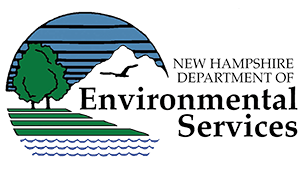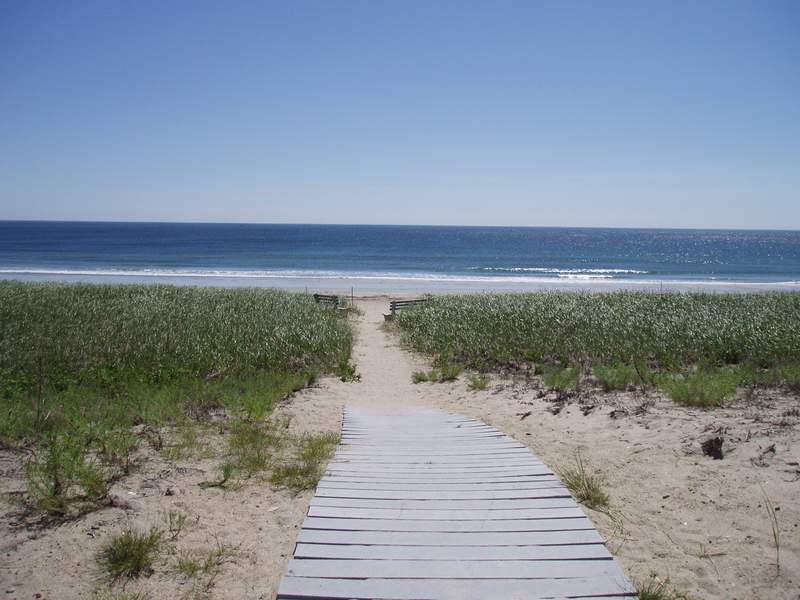Written by Andrea Guernon

What is Enterococcus?
Enterococcus is a naturally occurring bacteria found in the intestines of warm-blooded animals. It is excreted through feces, such as those of humans, geese, ducks, and gulls. It can also enter the water through the discharge of gray water from boats. If ingested at high levels, it can cause gastrointestinal problems (EEK!) Symptoms include, headache, fever, diarrhea, vomiting, abdominal pain, chills, fatigue and more.
Who samples our beaches?
New Hampshire Department of Environmental Service hires three beach interns a summer to sample New Hampshire beaches. Not only do they sample the water, but they also collect data; such as how many people are swimming, the amount of birds, water conditions, beach conditions, weather, and temperature of the water. All of this information gets put into a large database that can be accessed for years to come (so cool!)
What are the acceptable levels of Enterococci?
Results from a coastal sample should not exceed 104 counts of Enterococci per 100 mL. A result exceeding this quantity would result in a fecal bacteria advisory. New Hampshire’s water quality at coastal beaches is very good. However, sometimes there can be advisories. To stay up-to-date with current advisories, check out this interactive map!

How can we, as a community, help limit the amount of Enterococci in the water?
Discharge boat waste at a designated boat pump-out location, refrain from feeding waterfowl, cleaning up dog/bird feces from beaches, and placing children in swim diapers if needed. For more information on fecal bacteria water contamination, please visit www.des.nh.gov.

This blog post was provided by the NH Department of Environmental Services, a proud partner of the Every Drop Alliance.
#EveryDropMatters




